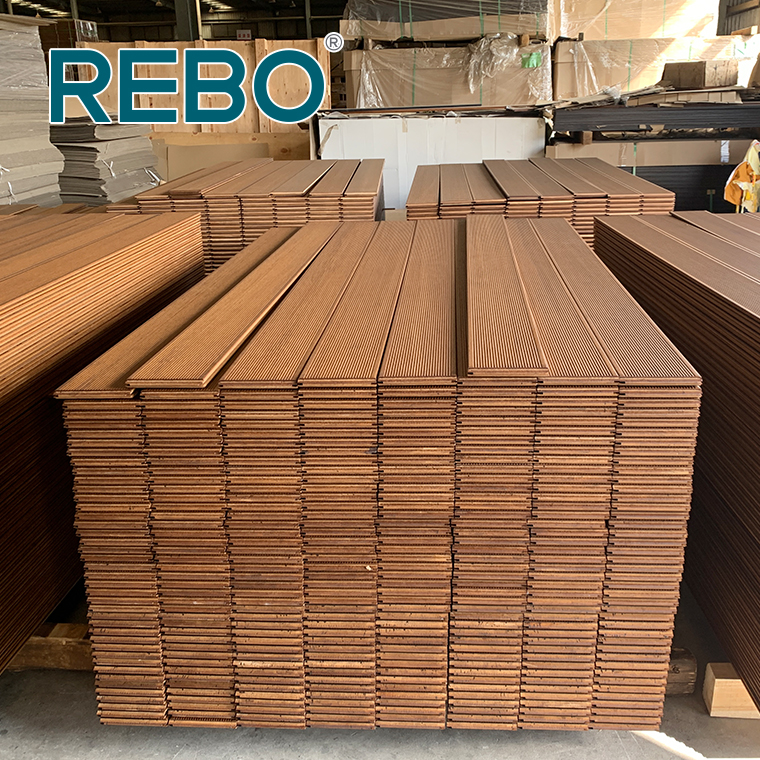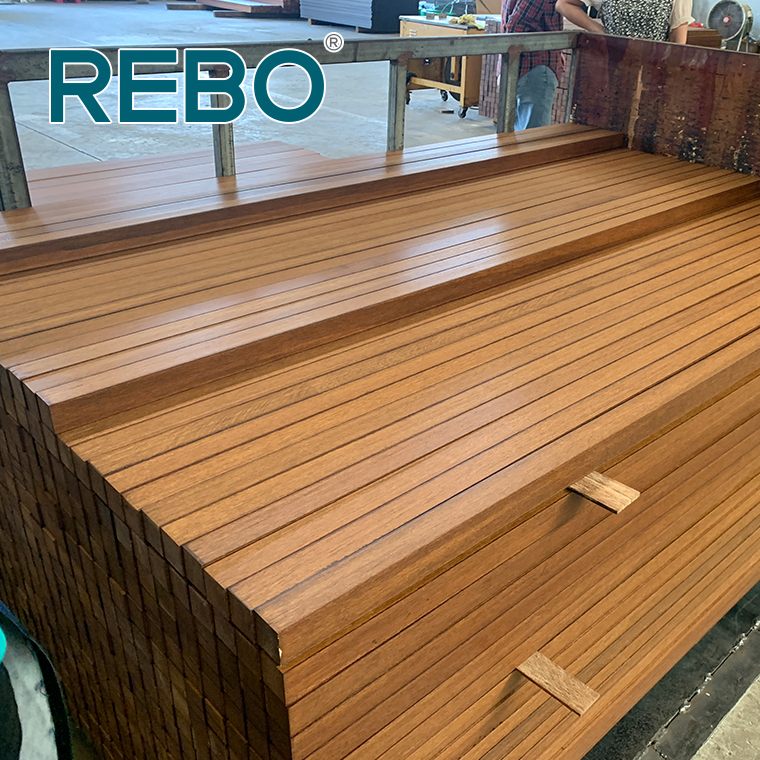How Does Bamboo Reduce Carbon Footprint?
A carbon footprint is the total greenhouse gas emissions caused by an item, process, industry, company, or individual. It is a way to understand the impact of our behaviors on the environment, especially when it comes to climate change. To cope with climate change and global warming, reduction of carbon emissions is sought worldwide.
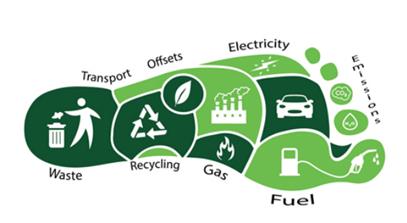
Bamboo forest is characterized by large carbon sequestration capability and it plays an important role in mitigating climate change and global carbon cycling.
Bamboo is often celebrated as a carbon-neutral plant. The secret to bamboo’s success is that it’s a grass not a tree. It grows fast and accumulates carbon quickly, with an extensive root system that survives annual harvesting. This makes bamboo a fast-regenerating resource, which can supply more biomass than both natural and planted forests. Once mature, bamboo poles can be selectively harvested every year, and used to make a wide range of durable products, which lock in carbon for the duration of a product’s lifespan. Bamboo grows rapidly and can quickly adsorb large amounts of carbon dioxide, effectively reducing greenhouse gases in the atmosphere. One study estimates that a one-hectare plantation of bamboo and its products could store 306 tons of carbon over a 60-year period compared with 178 tones for Chinese fir trees.
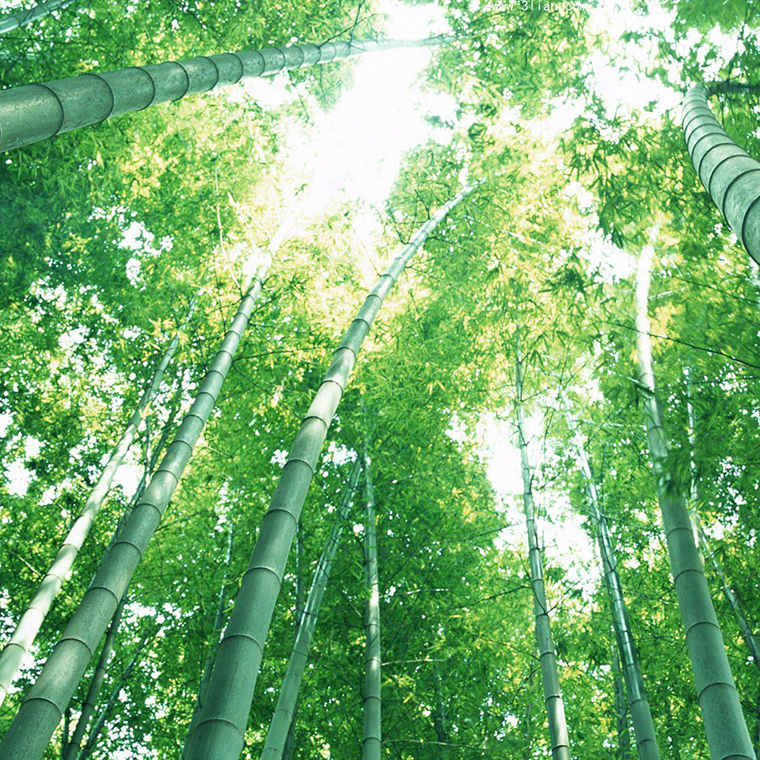
Bamboo is believed to be one of the most appropriate candidates for afforestation to reduce CO2 concentration and alleviate the effects of climate change. It is also an ideal building material with its versatility, high tensile and compressive strengths.
China is the pioneer in the exploitation of bamboo, and has already built a booming industry out of bamboo. Dubbed as the "kingdom of bamboos," China is home to over 800 of the world's 1,642 known species of bamboos, covering an area of 7.56 million hectares, with total annual production of 150 million tons of bamboo materials. The rich bamboo resources have provided favorable conditions for the development of bamboo industry.
The green bamboo material is widely made into construction materials and daily necessities, such as tissues, straws, tableware, decking, flooring and furniture, etc. These durable products are “critical” to realizing bamboo’s carbon storage potential. As well as storing carbon, bamboo products can “avoid” the carbon produced by more emissions-intensive materials. Research conducted on European industrial bamboo products, such as cladding, flooring and beams, has shown that they have a low or even negative eco-cost, over the course of their lifecycle, outperforming even hardwoods certified by the Forest Stewardship Council, and can be used as replacements for steel and cement.
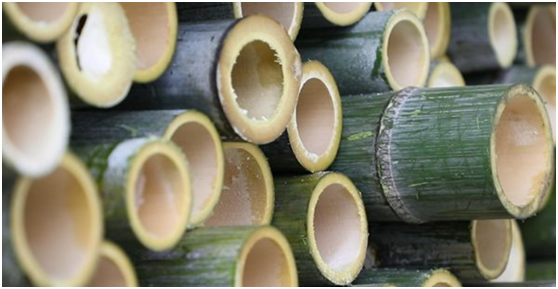
As the world moves towards sustainable practices, embracing bamboo as a key resource highlights the harmonious relationship between humanity and nature, projecting a greener future. Developing the bamboo industry is of great significance to protecting the environment and developing a greener economy.
Choose eco bamboo, embrace green life.
